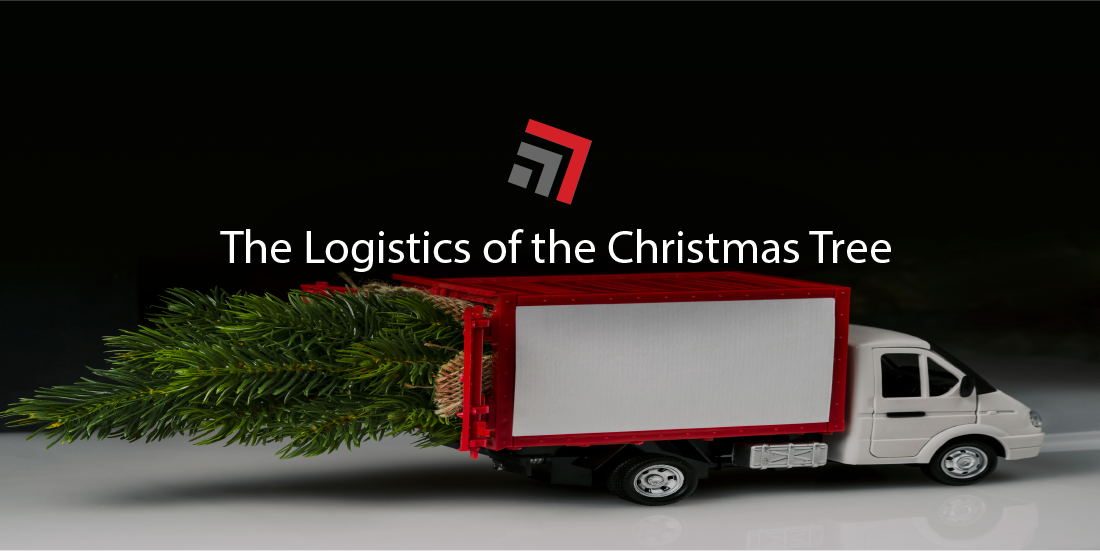A Christmas tree is the centerpiece of a room filled with Christmas spirit. Folks who celebrate will deck their trees with personal ornaments, colorful lights, and tuck away presents underneath.
While it’s OK that some holiday heathens choose to erect fake trees in their dwells, the true magic of Christmas is captured when there’s a real and living tree to gather friends and family around.
In addition to our personal spaces, public areas, like Rockefeller Center Plaza or the U.S. Capitol, boast gargantuan trees harvested from faraway national forests.
The American desire for an authentic Christmas experience where the scents of pine and fir intoxicate the air translates into what our experts at Commerce Express Inc. call high consumer demand.
Like this year’s Halloween, holiday spending for Christmas is set to skyrocket as more and more consumers return to their pre-pandemic traditions. With more Americans ready to deck their halls again, the demand for real Christmas trees has been on the rise.
And, with demand comes the need for supply and the logistics put in place to connect the two together.
Weather-related challenges have not cut into this year’s supply
Despite some fears of shortages, the Real Christmas Tree Board assures consumers that this is not the case.
This board (yes, it’s actually real) notes that weather-related challenges have not cut into this year’s tree supply as many were worried would happen.
The main weather event in question was the extreme heat earlier in the year. The hubs of tree production in the U.S. are Oregon, Wisconsin, Michigan, and North Carolina, all of which saw their fair share of heatwaves.
The Pacific Northwest was particularly affected with temperatures soaring as high as 118 degrees (F) in June. The board reports that these high temps didn’t kill the trees, but it did have a marginal impact of inhibiting their end branches from growing flush. In other words, some of the trees may not have the prettiest of branches.
High freight costs
It appears the bigger concern this year was on the logistics end. Christmas trees typically take at least eight years to fully grow to a harvestable size. That means it’s nearly a decade of care and work to one day reap some profit.
For tree producers, it’s all about timing when it comes to capitalizing on seasonal demand. If there’s any hiccups in the logistics process along the way, this crucial window to get the product to consumers on time will be missed.
And, unlike other seasonal products, like lights or ornaments, trees can’t simply be stowed away in a warehouse for next year. Essentially, no fruits would be borne from the labor.
To ensure that the trees arrive on time, a lot of money is spent on trucking. With high fuel prices and shipper demand, trucking costs can pile on for growers looking to secure enough space to move their trees.
The added costs can fall onto the consumer. This year, the Real Christmas Tree Board notes that average cost of a Christmas tree was up 10 percent.
Final Thoughts
While most of these trees are bound for domestic hauls across the country, the Christmas tree industry also benefits from demand abroad. Every year, trees are exported to faraway lands, including Mexico and the United Arab Emirates.
Whether one of these trees ends up in a small house in rural Kansas or a penthouse in the Burj Khalifa, altogether it’s an American grown product that spreads some authentic Christmas joy year over year.
Our experts at Commerce Express Inc. wish everyone a safe and happy holiday season!This is an everchanging industry. Stay current on rail and trucking developments with our weekly Road Map Newsletter.



Recent Comments